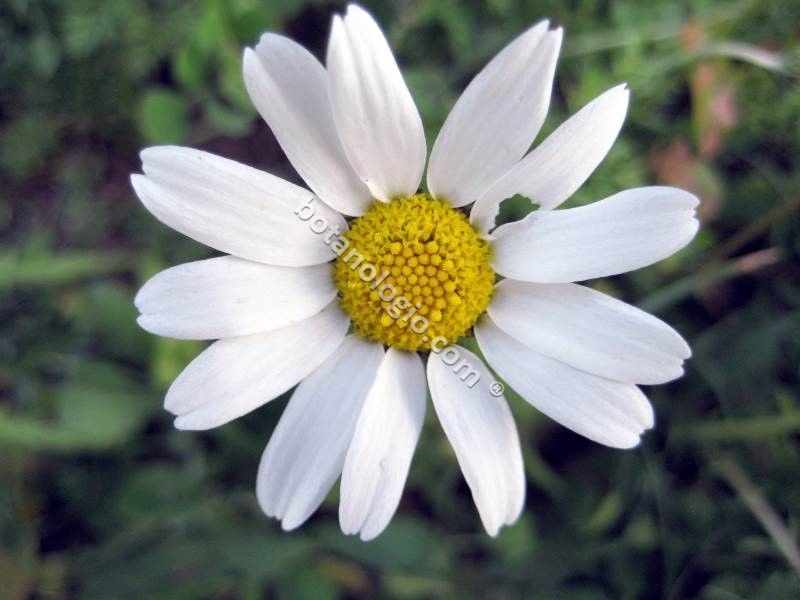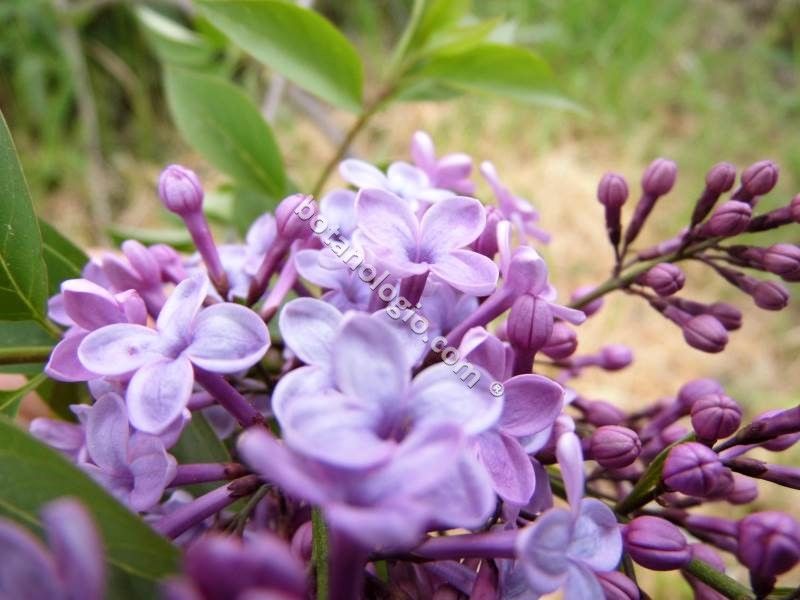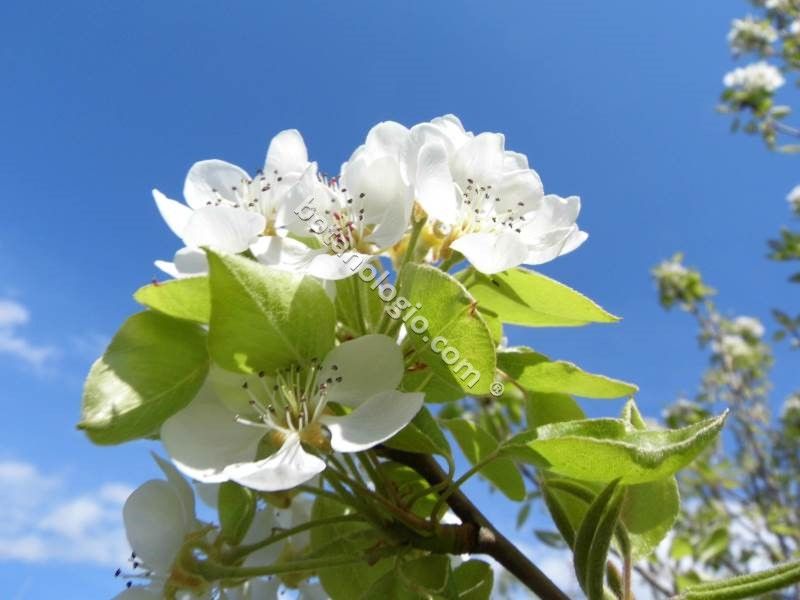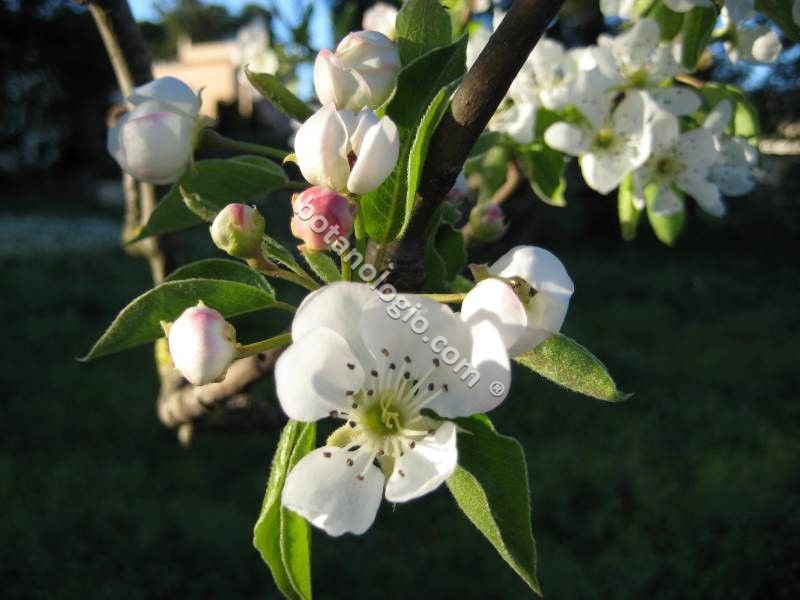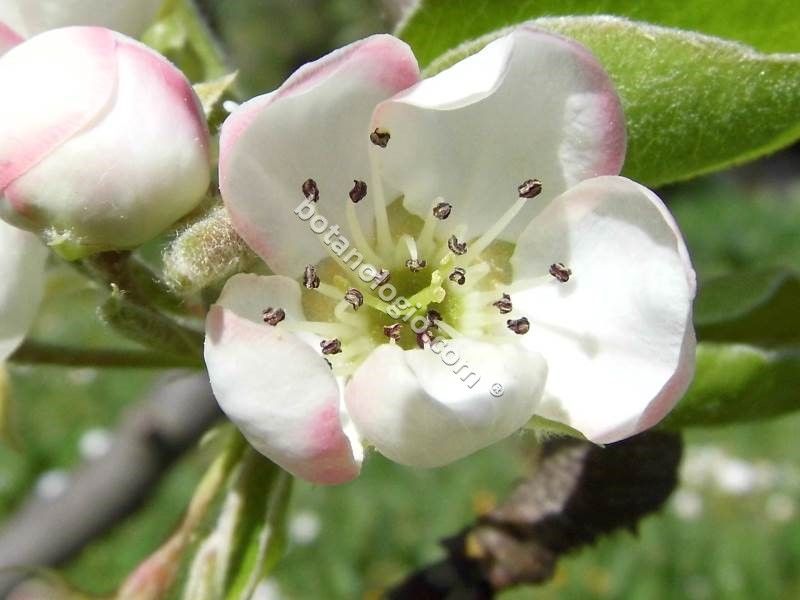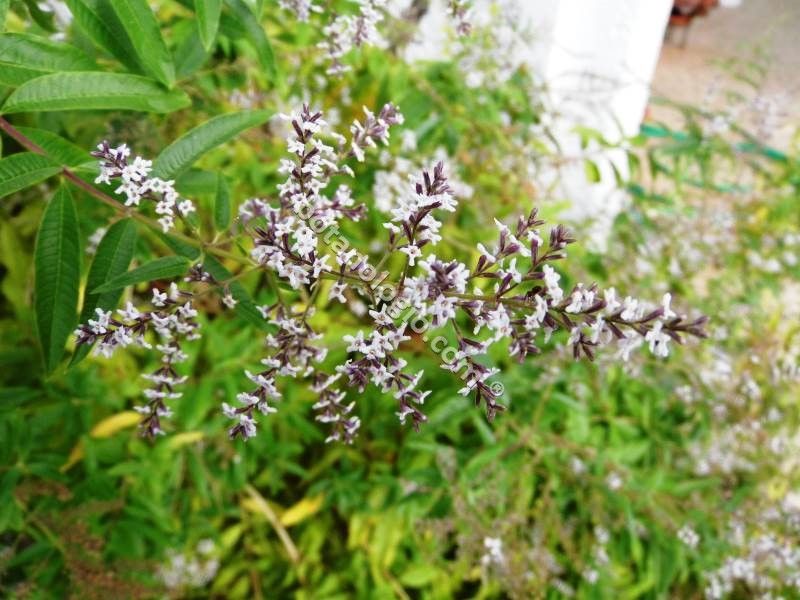Cistus way to collect
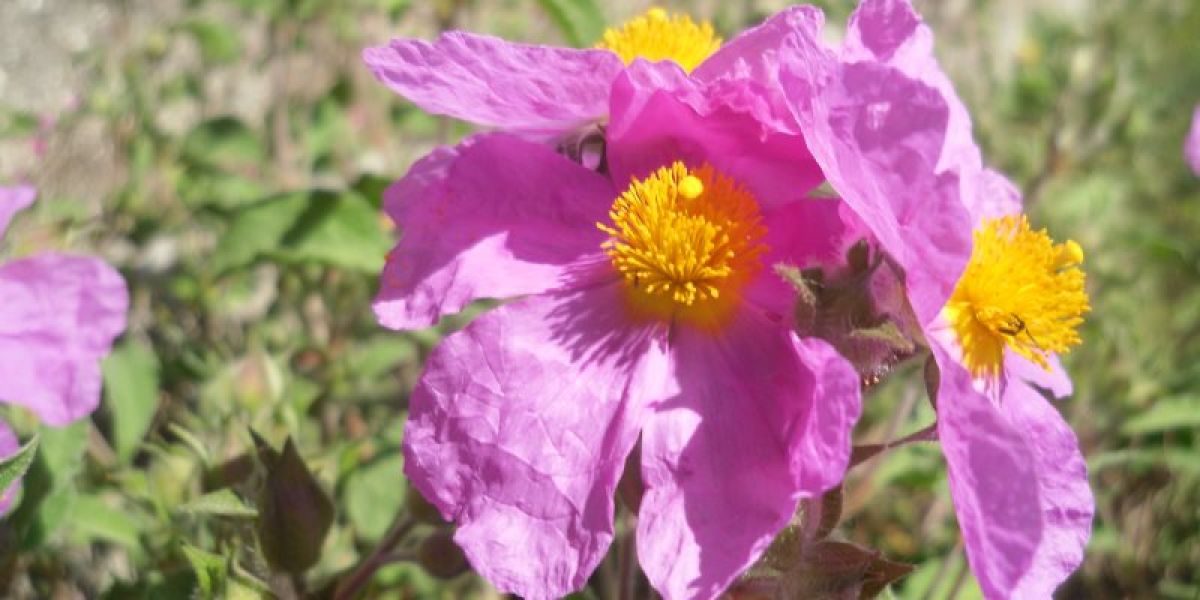
Cistus is one of the Greek herbs that you will meet with many greek names. You will come across this herb also as ladania, cisto, labdanum, and even myrrh of the Bible. It belongs to the family of Kistides with 5 native species in Greece. You will encounter cistys in many areas, with a special variety in Crete.
Characteristics of this herb are the large flowers, the color of which varies from white to red with the most common lilac color, while the petals are five round and wide which have the peculiarity to look wrinkled. You will find this herb in dry, semi-mountainous and often rocky areas, covering large areas called cistones. It is a herbaceous bush with many branches and fluffy leaves. The root of cistus is hard and woody.
The secret of the healing effect of cistus is found in the plethora of vitamins that contain such as vitamin P, E, C, β carotene which the body converts to vitamin A, tannins, polyphenols and flavonoids.
The beauty of the flowers is that they do not last for more than a few hours, but during the flowering period you will see the bushes full of large bright flowers. The herb collection takes place during the summer months, flowering period. Many times blooming begins early in the spring. Collect stems and leaves, while the secret to really get the beneficial ingredients of cistus, is unlike most herbs, to collect noon with intense sunshine and heat.
